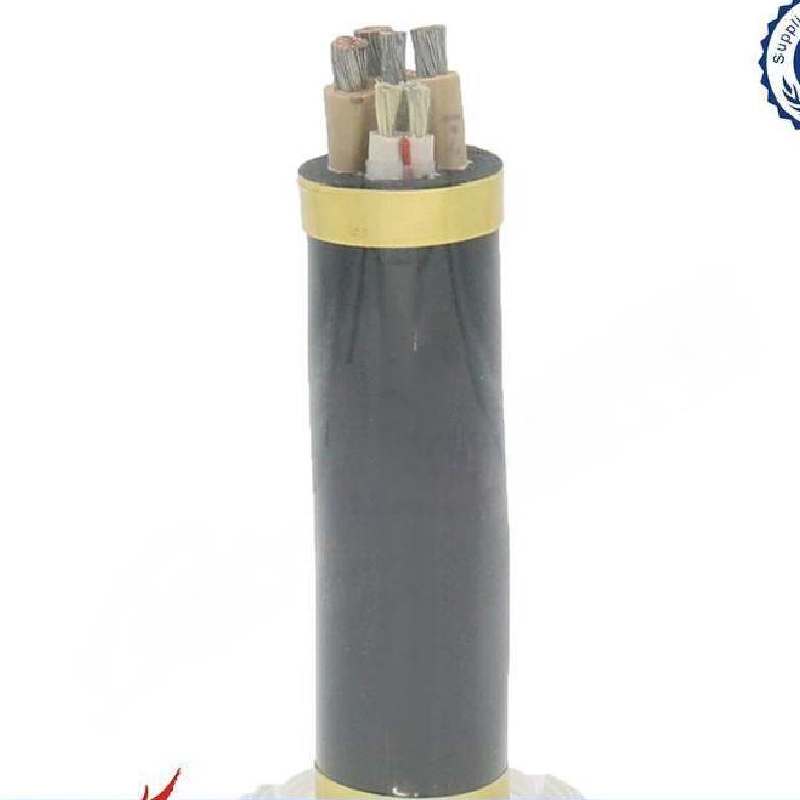نويابىر . 20, 2024 08:25 Back to list
single plate check valve
Introduction to Single Plate Check Valves
Single plate check valves, often referred to as flap valves or one-way valves, play a crucial role in fluid control systems across various industries. These devices are designed to prevent backflow, ensuring the unidirectional flow of fluids, which is essential for maintaining the efficiency and safety of hydraulic and pneumatic systems.
Design and Functionality
The single plate check valve features a simple yet effective design. It consists of a valve body, a hinge, and a flap. The body is typically made from durable materials such as stainless steel, PVC, or ductile iron, allowing it to withstand a range of environmental conditions. The flap, when subjected to forward fluid flow, opens to allow passage. Once the flow ceases or reverses, the flap closes against the valve seat, thereby preventing backflow. This design minimizes the risk of contamination and damage in pipelines and helps maintain pressure within systems.
Advantages of Single Plate Check Valves
One of the primary advantages of single plate check valves is their low profile, which allows for easy installation, even in tight spaces. Unlike traditional swing check valves, which require more significant horizontal clearance, single plate check valves can be installed vertically or horizontally without compromising their functionality. This versatility makes them ideal for a wide range of applications, including water supply, wastewater management, and industrial processes.
Another benefit is their lightweight design. Single plate check valves are considerably lighter than double plate or traditional swing valves, making handling and installation easier. The reduced weight also contributes to lower shipping costs and simplifies retrofitting existing systems.
single plate check valve

Additionally, single plate check valves are known for their rapid response times
. The flap mechanism allows for quick opening and closing in response to changing fluid dynamics, reducing the likelihood of water hammer and pressure surges, which can be detrimental to piping systems.Applications
The applications of single plate check valves are vast and varied. In municipal water systems, these valves prevent the backflow of contaminated water, ensuring clean supply lines. In wastewater treatment facilities, they facilitate the efficient movement of effluent without allowing untreated water to flow back into clean water systems. Industrial applications range from chemical processing to food and beverage, where controlling fluid flow is critical for maintaining product quality and safety.
Maintenance Considerations
Although single plate check valves are generally low-maintenance, regular inspections are recommended to ensure proper functioning. Over time, debris may accumulate in the valve or wear can occur, which may affect the sealing capability of the flap. Signs of potential failure include unusual noises during operation, leaks, or visible deterioration of the valve components. Addressing these issues promptly can help prevent costly downtimes and repairs.
Conclusion
In summary, single plate check valves are essential components in many fluid management systems. Their compact design, rapid response, and ease of installation make them a preferred choice for engineers and designers. With applications spanning from municipal water systems to industrial processes, understanding the functionality and benefits of these valves can significantly enhance system efficiency and reliability. Regular maintenance and inspections will ensure their longevity and effectiveness, making them a wise investment in fluid control technology.
Share
-
Reliable Wafer Type Butterfly Valves for Every IndustryNewsJul.25,2025
-
Reliable Flow Control Begins with the Right Ball Check ValveNewsJul.25,2025
-
Precision Flow Control Starts with Quality ValvesNewsJul.25,2025
-
Industrial Flow Control ReliabilityNewsJul.25,2025
-
Engineered for Efficiency Gate Valves That Power Industrial PerformanceNewsJul.25,2025
-
Empowering Infrastructure Through Quality ManufacturingNewsJul.25,2025